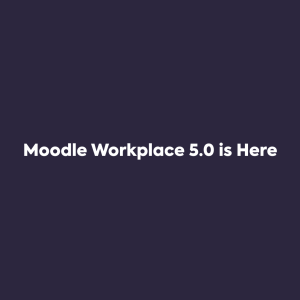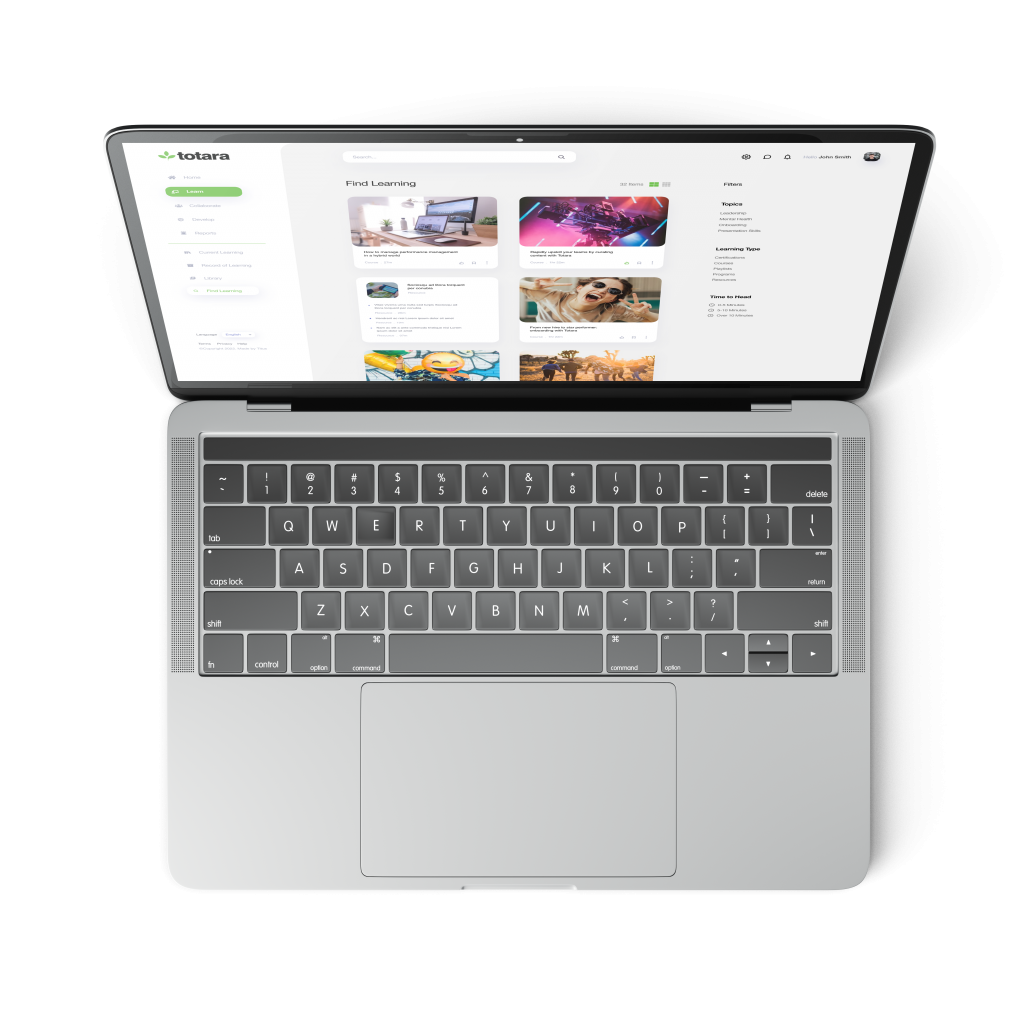
Whilst the theory behind it is simple enough, it’s important not to underestimate the challenges involved in successfully embedding what many people see as a revolutionary method of learning.
We’ve gathered together what we think are the key areas to consider if you’re planning on implementing this style of instruction in your classroom, department or school.
Personalise your resources
The flipped classroom approach makes personalised learning even more important than in a classroom setting. You need to ensure any resources given out for home use are suitably differentiated to allow all students to digest and understand them before the next lesson.
Set expectations
Asking students simply to watch a video before the next lesson could well result in a corridor full of children watching the clip on their smartphones on the way to class! Give some guidance on what you expect them to do – for example to watch the video the day after the lesson, digest and make notes and then be prepared to discuss in the next class session.
Provide for all students
Not all students will have convenient access to the Internet, some may have no access outside of school. Plan sessions for students to complete their homework after class, in the library or even distribute material on DVD or USB drives to ensure everyone is able to participate.
Involve the parents
For the flipped classroom approach to succeed, it’s important to have good parental support. Ensure parents understand the theory behind the new method of teaching, and are aware of their children’s assignments and your expectations. They’re likely to have a few questions as they probably won’t have come across this method before.
Plan ahead
Make a long term plan to keep content fresh and up to date. Ideally you’ll be able to create new and targeted resources for each new cohort of students. If you concentrate on the clarity and relevance of the resources, rather than worrying about high production values, you’ll be able to spend more time updating your content.
Use quizzes
As well as using the learning platform to deliver content outside the classroom, you could also take advantage of tools such as online quizzes to assess students’ understanding of the material prior to the next lesson, giving you an insight into areas of weakness, and prompting the students not to leave things to the last minute.
Prepare for the unexpected
Not all students are going to turn up to the lesson fully conversant with the material you’ve prepared. It’s important to plan a variety of activities for different levels of understanding to ensure the sessions run smoothly.
Brief other staff
If you’re the only teacher using the flipped classroom approach, it’s best to reach out early on to colleagues to ensure they appreciate why you’re using it and how it works, as they’re more likely to be supportive of the system if they understand it. This is doubly important for key stakeholders such as department heads and senior managers.
None of these points should come as a surprise to you, in fact, what we’re really saying here is that whilst the theory of the flipped classroom, and the technology which facilitates it is fairly new, the process of introducing it and running with it successfully relies on traditional elements – preparation, communication, establishing a support network, and a good amount of persistence.
If you’d like to learn more about the flipped classroom approach, and particularly how the technical side works, please do get in touch – we’re always happy to chat about e-learning!






